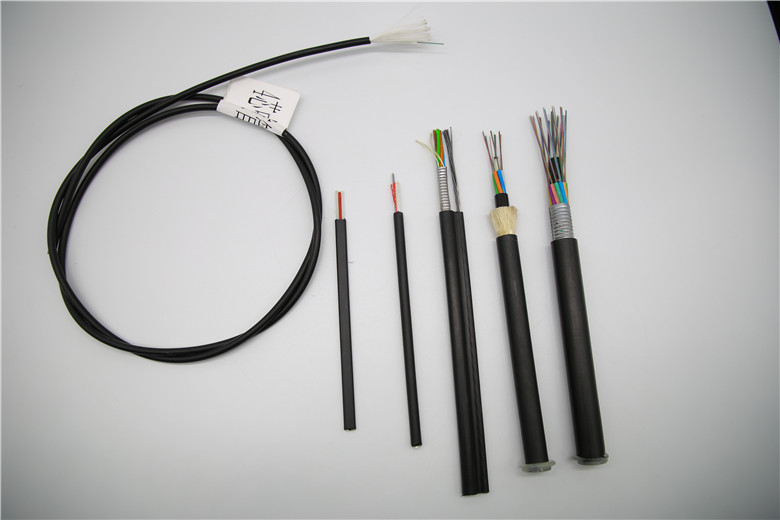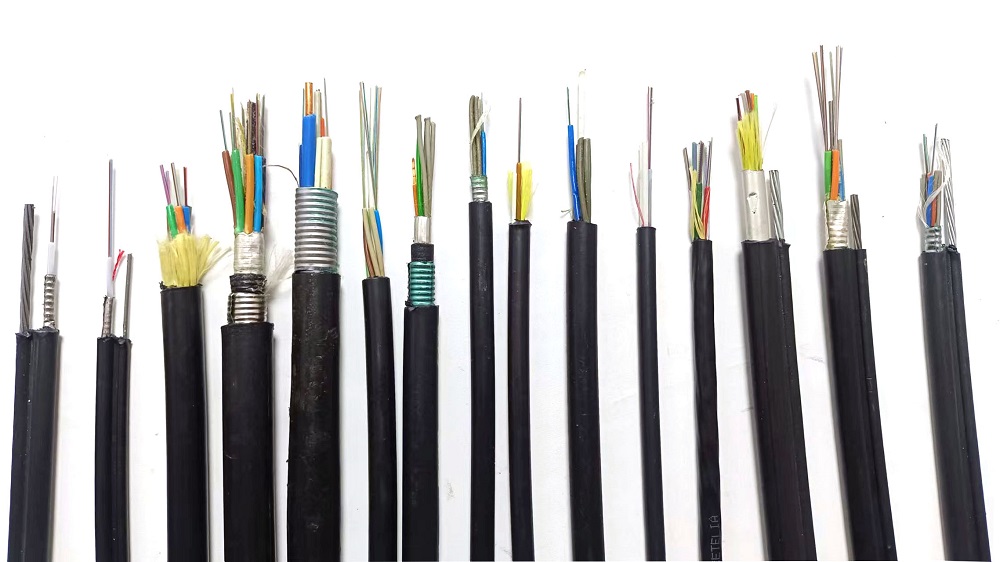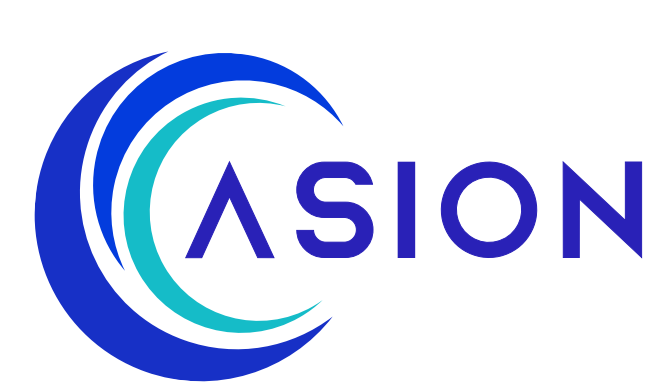
Applications and Benefits of Fiber Optic Cables in Modern Communication Networks

Introduction
Fiber optic cables have revolutionized the way we transmit data, offering unparalleled speed, bandwidth, and reliability. Unlike traditional copper cables, fiber optic cables use light signals to transfer information, resulting in faster data transmission and higher capacity. These advantages make fiber optic cables an essential component in modern communication networks, from high-speed internet and cable television services to critical industrial and medical applications. If you're looking for high-quality fiber optic cables, you can find an extensive range of options at SzCasion, a leading provider of cutting-edge fiber optic solutions.
1. Role of Fiber Optics in Telecommunications
1.1 Backbone of Internet Infrastructure
Fiber optic cables are the backbone of the modern internet infrastructure, enabling the rapid and reliable transmission of vast amounts of data across the globe. Unlike traditional copper wires, fiber optic cables use light to transmit information, which allows for much higher data transfer rates and bandwidth capacities. This technological advantage is crucial in supporting the ever-growing demand for internet services, from basic web browsing to high-definition video streaming and cloud computing.
In summary, fiber optic cables form the backbone of the internet infrastructure, providing the high-speed, high-capacity data transmission required for modern telecommunications. Their ability to support increasing data demands, reduce latency, and enable emerging technologies underscores their importance in maintaining and advancing global connectivity.
1.2 Telecommunication Networks
Fiber optic cables are fundamental to the operation and advancement of telecommunication networks, both for long-distance and local communication systems. Their deployment has revolutionized the telecommunications industry by offering unparalleled speed, capacity, and reliability compared to traditional copper wire systems.
Locally, fiber optics play a significant role in providing high-speed internet and telephone services to residential and business users. Fiber to the Home (FTTH) and Fiber to the Premises (FTTP) technologies are becoming increasingly common, delivering gigabit-speed internet connections directly to consumers. These technologies offer significant advantages over traditional copper-based connections, such as Digital Subscriber Line (DSL) and coaxial cable, in terms of both speed and bandwidth. This means users can enjoy faster upload and download speeds, improved video streaming quality, and more reliable connections, which are vital for remote work, online education, and digital entertainment.
In conclusion, fiber optic cables are integral to both long-distance and local telecommunication networks, offering significant advantages over traditional copper wire systems. Their superior speed, capacity, reliability, and security make them essential for supporting the growing demands of modern communication technologies and ensuring high-quality, dependable telecommunication services for users worldwide.
1.3 Submarine Cable Systems
Submarine cable systems, composed of fiber optic cables, form the backbone of global communications by linking continents and enabling international data exchange. These undersea cables are essential for transmitting the vast amounts of data required for internet usage, international phone calls, and global business operations. The deployment and maintenance of these cables involve significant engineering feats, given the challenging conditions of the ocean environment.
The primary advantage of submarine fiber optic cables lies in their ability to carry massive volumes of data over long distances with minimal signal loss. Unlike satellite communication, which can suffer from high latency and limited bandwidth, submarine cables provide a more stable and efficient means of data transmission. This efficiency is critical for maintaining seamless global communication, supporting everything from financial transactions and video conferencing to social media and streaming services.
In summary, submarine cable systems are vital to global communications, providing the infrastructure needed for high-capacity, long-distance data transmission. Their deployment and maintenance require advanced engineering and significant investment, but the benefits they offer in terms of connectivity, economic growth, and international collaboration are immense. As global data demands continue to rise, submarine fiber optic cables will remain a cornerstone of the world's communication network.
2. Fiber Optic Cables in Cable TV and Internet Services
2.1 High-Speed Internet
Fiber optic cables have revolutionized high-speed internet, providing users with unprecedented upload and download speeds, enabling a more efficient and enjoyable online experience. This technological advancement is driven by the ability of fiber optic cables to transmit data using light signals, which travel faster and with less signal degradation compared to electrical signals used in traditional copper cables.
Another significant advantage of fiber optic internet is its reliability. Fiber optic cables are less susceptible to environmental factors that can affect traditional copper cables, such as electromagnetic interference, weather conditions, and signal degradation over long distances. This results in a more stable and consistent internet connection, which is essential for activities that require a reliable connection, such as telehealth services, online banking, and cloud computing.
2.2 Cable Television Services
Fiber optic cables have significantly enhanced cable television services by providing superior signal quality and higher bandwidth capabilities compared to traditional coaxial cables. This advancement has resulted in clearer, more reliable television signals and has opened the door to advanced features and services that were not previously possible.
In conclusion, fiber optic cables have revolutionized cable television services by delivering superior signal quality, higher bandwidth, and enhanced reliability. These improvements have enabled providers to offer a wide range of HD and UHD content, advanced interactive features, and integrated service bundles that enhance the viewing experience and provide greater value to consumers. As the demand for high-quality, versatile television services continues to grow, fiber optic technology will remain at the forefront of delivering the next generation of cable TV..
2.3 Bundled Services
The advent of fiber optic technology has significantly enhanced the ability of service providers to offer bundled services, integrating internet, television, and telephone services into a single package. This convergence provides numerous benefits for consumers and service providers alike, including cost savings, convenience, and improved performance.
In conclusion, fiber optic technology has revolutionized the concept of bundled services, providing consumers with cost-effective, convenient, and high-performance solutions for their internet, television, and telephone needs. The integration of these services into a single package simplifies management, enhances user experience, and supports the growing demand for advanced communication and entertainment technologies. As the adoption of fiber optic technology continues to expand, bundled services will play a crucial role in delivering comprehensive and reliable solutions to consumers worldwide.
3. Industrial and Medical Applications of Fiber Optic Cables
3.1 Medical Imaging and Diagnostics
Fiber optic technology has brought transformative advancements to the field of medical imaging and diagnostics, offering numerous benefits that enhance patient care and medical research. The use of fiber optics in medical devices and procedures allows for high-resolution imaging, minimally invasive diagnostics, and precise treatment delivery.
In conclusion, fiber optic cables have revolutionized medical imaging and diagnostics, providing high-resolution imaging, minimally invasive procedures, precise laser treatments, and advanced sensor technology. These advancements have significantly improved patient care, enabling early detection, accurate diagnosis, and effective treatment of various medical conditions. As fiber optic technology continues to evolve, its applications in medicine will expand, further enhancing the quality and efficiency of healthcare services.
3.2 Industrial Automation and Control
Fiber optic cables have become a cornerstone of industrial automation and control systems, providing the speed, reliability, and resilience needed for modern manufacturing and industrial processes. These cables enable real-time communication and data transmission between various components of an industrial network, ensuring efficient and precise operation.
One of the primary advantages of fiber optic cables in industrial automation is their ability to transmit large amounts of data at high speeds over long distances without signal degradation. This capability is crucial for maintaining the synchronization and coordination of complex automated systems. In a manufacturing plant, for example, fiber optic cables connect sensors, controllers, and actuators, facilitating real-time monitoring and control of production processes. The high bandwidth and low latency of fiber optics ensure that data from various points in the production line is quickly and accurately transmitted to central control systems, allowing for immediate adjustments and optimization.
In addition to speed and bandwidth, fiber optic cables offer exceptional immunity to electromagnetic interference (EMI), which is common in industrial environments due to the presence of heavy machinery and electrical equipment. EMI can cause significant disruptions in data transmission over traditional copper cables, leading to errors and inefficiencies. Fiber optic cables, however, are immune to EMI, ensuring reliable and uninterrupted communication even in the most electrically noisy environments. This reliability is critical for maintaining the integrity and performance of automated systems, especially in industries such as automotive manufacturing, aerospace, and semiconductor production.
In conclusion, fiber optic cables are essential for industrial automation and control, offering unparalleled speed, reliability, and resilience. Their ability to transmit large amounts of data quickly and accurately, withstand harsh environmental conditions, and support advanced communication protocols makes them ideal for modern industrial applications. As industries continue to embrace digital transformation and automation, the role of fiber optic technology will become increasingly vital in driving efficiency, productivity, and innovation.
3.3 Military and Aerospace Applications
Fiber optic cables have become indispensable in military and aerospace applications, providing the necessary speed, security, and resilience required in these highly demanding environments. Their unique properties make them ideal for critical communication and data transmission tasks, enhancing operational effectiveness and mission success.
In conclusion, fiber optic cables play a vital role in military and aerospace applications, offering unparalleled speed, security, and resilience. Their ability to transmit data rapidly and securely, withstand harsh conditions, and support critical communication and control systems makes them essential for modern military and aerospace operations. As technology continues to advance, the use of fiber optics in these fields will expand, further enhancing operational capabilities and mission success.
4. Advantages of Fiber Optic Cables Over Traditional Copper Cables
4.1 Bandwidth and Speed
Fiber optic cables offer significant advantages over traditional copper cables in terms of bandwidth and speed, making them the preferred choice for modern communication networks. These benefits are particularly crucial as the demand for high-speed internet, data-intensive applications, and seamless connectivity continues to grow.
In summary, fiber optic cables offer significant advantages over traditional copper cables in terms of bandwidth and speed. Their ability to support higher data transfer rates, accommodate data-intensive applications, and provide a future-proof solution makes them the preferred choice for modern communication networks. As technology continues to advance and the demand for high-speed internet grows, the importance of fiber optic cables in delivering reliable and high-performance connectivity will only increase.
4.2 Signal Loss and Interference
Fiber optic cables offer substantial benefits over traditional copper cables, particularly regarding signal loss and interference. These advantages make fiber optics the superior choice for reliable, high-quality data transmission, essential for modern communication networks and data-intensive applications.
In conclusion, fiber optic cables offer significant advantages over traditional copper cables in terms of signal loss and interference. Their minimal signal attenuation and immunity to electromagnetic interference make them ideal for reliable, high-quality data transmission in a wide range of applications. As modern communication networks continue to evolve, the role of fiber optic technology will become increasingly important in delivering the speed, reliability, and performance needed to support the digital age.
4.3 Durability and Longevity
Fiber optic cables are renowned for their durability and longevity, making them a highly reliable choice for modern communication networks. Compared to traditional copper cables, fiber optics offer superior resistance to environmental factors and physical wear, resulting in lower maintenance costs and higher overall reliability.
In summary, the durability and longevity of fiber optic cables offer significant advantages over traditional copper cables. Their resistance to environmental factors, physical damage, and electromagnetic interference ensures reliable and consistent performance in a wide range of applications. Additionally, the lower maintenance requirements and long lifespan of fiber optic cables result in cost savings and reduced downtime, making them an ideal choice for modern communication networks. As the demand for high-speed, high-capacity data transmission continues to grow, the durability and future-proofing capabilities of fiber optic technology will play a crucial role in supporting the evolving needs of the digital age.
Conclusion
In conclusion, the advantages of fiber optic cables over traditional copper cables are clear. With their superior bandwidth, minimal signal loss, immunity to electromagnetic interference, and remarkable durability, fiber optic cables are the backbone of today's communication infrastructure. Whether it's for high-speed internet, advanced medical diagnostics, or industrial automation, fiber optic cables offer the performance and reliability needed to meet the demands of modern technology. For those seeking top-notch fiber optic products, SzCasion provides a comprehensive selection of high-quality fiber optic cables designed to enhance connectivity and ensure long-term performance. Investing in fiber optic technology is a smart choice for any application requiring fast, efficient, and dependable data transmission.
